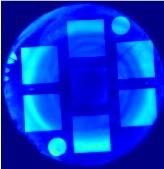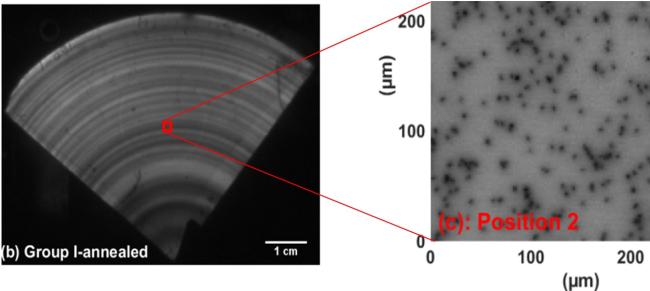
Our research aims to improve the quality of silicon materials used for solar cells, therefore increasing the efficiency and reducing the cost of silicon photovoltaics. Silicon materials are a key cost component, as well as a major efficiency-limiting factor, for solar cells.
Intrinsic Properties
Although silicon is one of the most intensely studied materials in history, many of its intrinsic properties remain only imperfectly known, or known only for a limited set of conditions (e.g. temperature, injection level, doping). This includes many intrinsic properties which are important to silicon solar cells, such as mobility, absorption coefficient, radiative and Auger coefficients, and bandgap narrowing. As silicon solar cells approach closer to their theoretical efficiency limit, more and more precise models of silicon’s intrinsic properties become necessary to accurately model and predict the performance of these cells. At the same time, it becomes possible to measure these properties with increasing confidence. At ANU, we seek to establish improved models for these properties by applying advanced characterisation techniques to measure them with unprecedented accuracy over a wide range of conditions.
Defect Characterisation and Mitigation
The silicon materials used for solar cells inherently contain significant quantities of unwanted defects and impurities. Our research aims to gain a good understanding of the properties and impacts of these defects, and then to develop practical ways to reduce their impacts, or to remove them.
There are several classes of important defects and impurities: dopants (such as B, P and Al), which are very difficult to remove during purification; metals (such as Fe, Cr, Ni etc.), which can create strong recombination centres; light elements (such as O, C and N), which may create defects that cause recombination or shunting; intrinsic defects such as vacancies and self-interstitials, which may interact with ever-present light elements to play a critical role in limiting cell performance; and defects that cause degradation and instability in device performance.
These defects are harmful for solar cell performance, and are especially detrimental to high efficiency cell designs that are very sensitive to recombination in the silicon materials. To mitigate the negative impact of these defects, there are three main approaches: to remove them through gettering, to passivate them (such as through binding with hydrogen or fluorine), or to avoid their onset or to accelerate their degradation and regeneration through modified processing steps.
The ANU team has a long history of research in this area (20+ years), covering the full spectrum of defect-related research topics. Throughout the years, the ANU team has pioneered numerous defect characterisation methods and mitigation techniques, as well as making important contributions to understanding defects and their mitigation in silicon materials for solar cells.
